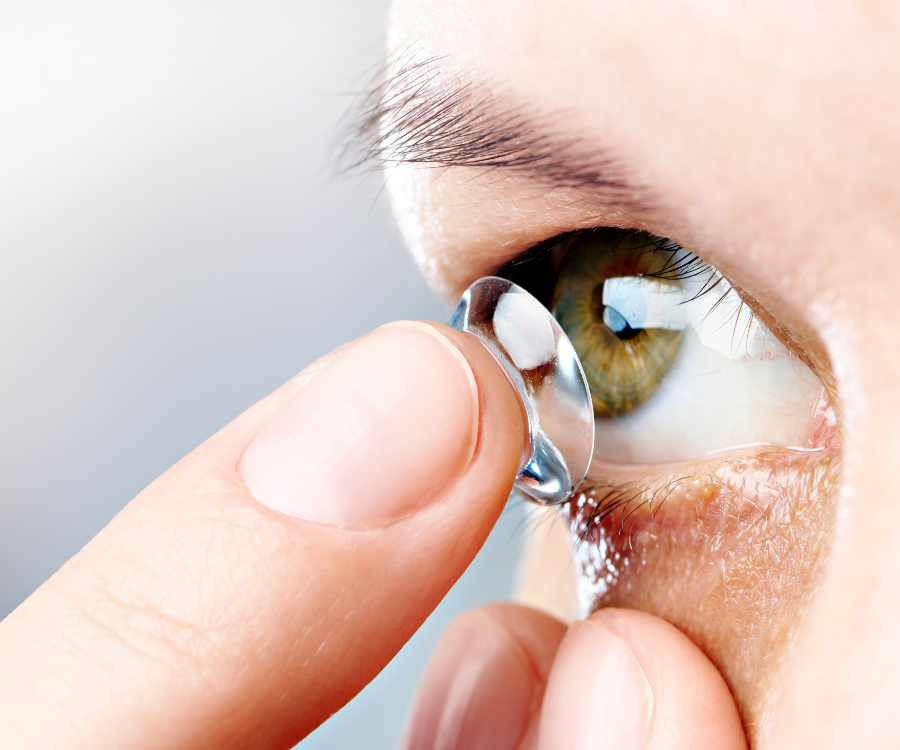You know the basics: contact lenses are a fantastic alternative to glasses, offering a full field of vision and a lifestyle free from frames. But have you ever wondered about the hidden history or the cutting-edge tech behind these tiny vision-correcting wonders?
Get ready to see contact lenses in a whole new light. Here are five eye-opening facts you might not know.
1. Leonardo da Vinci Knew a Thing or Two
It’s hard to believe, but the concept of contact lenses isn’t a modern invention. The famous Renaissance man, Leonardo da Vinci, is credited with the first known sketches of a device that could alter vision by placing the cornea directly in contact with water. In 1508, he illustrated a method that involved a person submerging their face in a glass bowl filled with water to correct their sight. While his idea was far from practical (and potentially dangerous!), it laid the groundwork for future scientific exploration.
2. The First Patients Weren’t Human
While the idea of contacts floated around for centuries, the first functional contact lens wasn’t successfully fabricated until 1888 by German ophthalmologist Adolf Gaston Eugen Fick. His first patients, however, were not people. Instead, he tested his new, heavy glass lenses on rabbits before eventually trying them on himself and human volunteers. Imagine a fluffy white rabbit in an 18th-century lab, wearing a bulky glass lens!
3. They Used to Be Classified as a Drug
Yes, you read that right. Before soft contact lenses hit the mainstream, the U.S. Food and Drug Administration (FDA) classified them as a drug. It wasn’t until 1971, when Bausch & Lomb released the first commercially successful soft lenses, that the FDA reclassified them. This move revolutionized eye care and made contacts more accessible to the public.
4. It’s Impossible for a Contact Lens to Get Lost Behind Your Eye
It’s a common fear, but one that is completely unfounded. Your eye is not a black hole where a lens can disappear forever. A thin, clear membrane called the conjunctiva covers the white part of your eye and connects to the inside of your eyelids. This membrane creates a natural barrier that makes it physically impossible for a contact lens to slip behind your eyeball and get stuck.
5. They’re Not Just for Vision Correction
While the vast majority of people use contacts to correct nearsightedness, farsightedness, or astigmatism, there are many other uses. Colored contact lenses can enhance or completely change your eye color, even for people with perfect vision. There are also special “prosthetic” contacts that can mask eye disfigurements from injury or disease. The latest advancements even include lenses designed to slow the progression of myopia in children and “bandage” lenses used to help the cornea heal after injury or surgery.
From the imaginative sketches of a Renaissance genius to the cutting-edge technology of today, contact lenses have an incredible and fascinating history. They are a true testament to how far we’ve come in understanding and improving one of our most precious senses.

